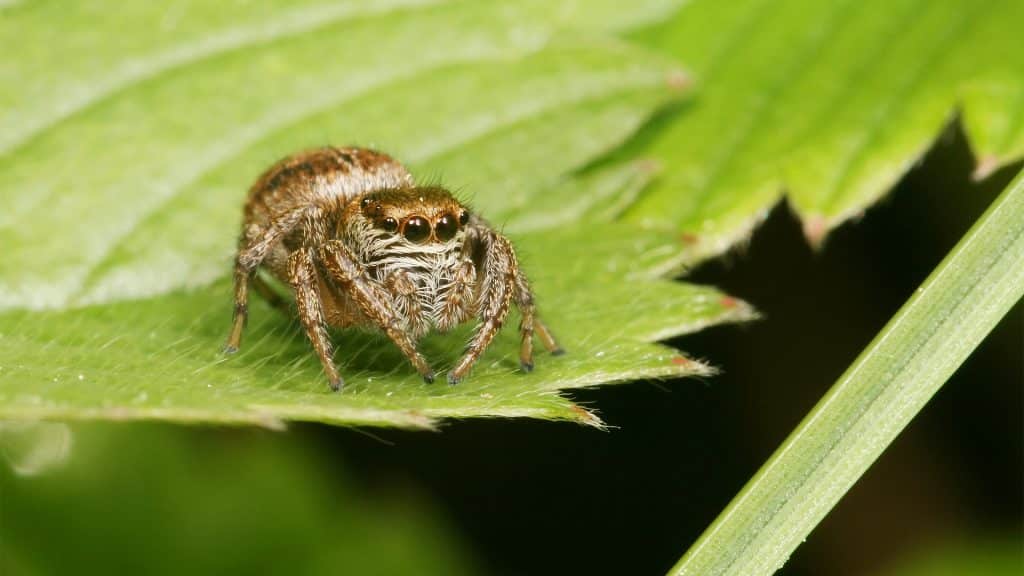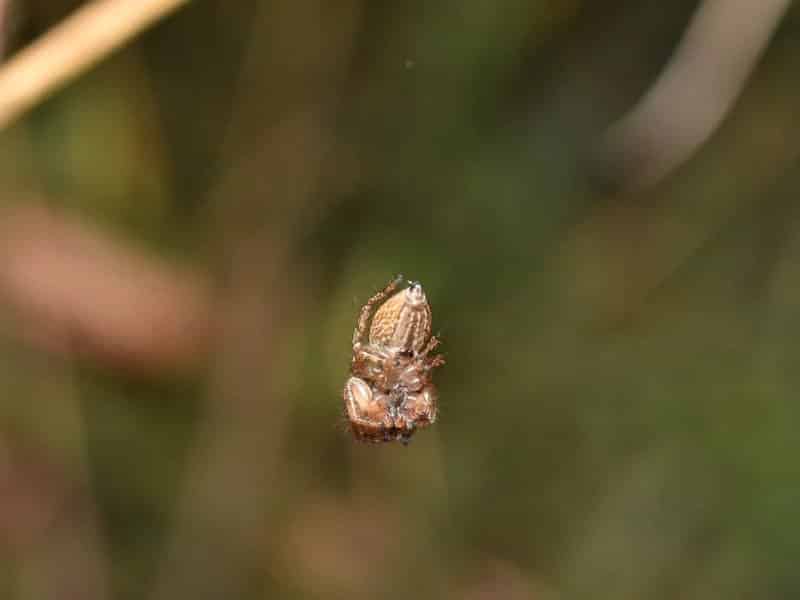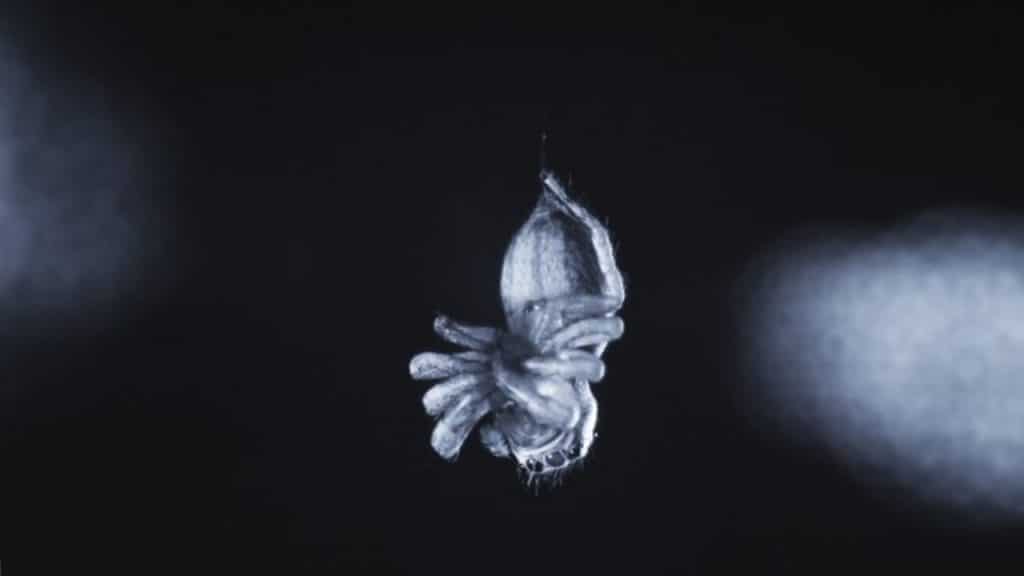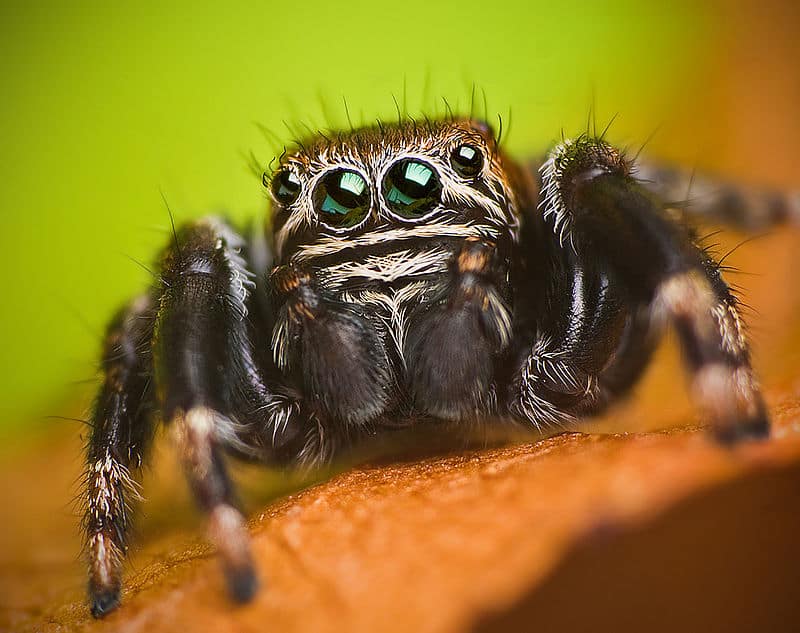Dreaming is a common phenomenon of sleep, especially for us. But did you know that humans aren’t the only ones that dream?
Many other animals like cats, dogs, horses, platypuses, birds, and even reptiles do indeed dream. Awesome, right?
But what if I tell you spiders might be dreaming a lot like people too? Would you believe me? It’s such a mind-blowing thought, right?
Now, you might be asking, “Do spiders really dream?
The answer is: YES.
A recent study published in the scientific journal PNAS reveals that arachnids, specifically jumping spiders, experience R.E.M.’s sleep-like state and thus are likely to dream.

Daniela Rößler, an ecologist at the University of Konstanz in Germany, set up a nursery for baby jumping spiders to observe their different sleep phases after nightfall. Jumping spiders are known to dangle themselves upside-down on a single strand of silk to sleep.

She found that jumping spiders twitch and rapidly move their eyes as they sleep, which suggests they may have vivid visual dreams. Rapid eye and body movements are similar to those observed in humans and other animals when dreaming. (Think of the time you saw your pet dog or cat twitch their paws while sleeping)
Dreams occur at any time during sleep, but they are most vivid during R.E.M. (rapid eye movement) sleep. R.E.M. sleep, also called stage R, is a stage of sleep when the brain is most active. It’s commonly associated with dreaming.
R.E.M. sleep is characterized by random rapid eye movements under closed eyelids, increased heart rate, reduced body muscle activity, and specific patterns of brain activity that mimic brain activity when awake.
As jumping spiders cannot be brain scanned to see into their heads, Rößler used a night vision camera and magnifying glass to observe how they slept.
Baby jumping spiders, also called salticids, have a temporarily translucent exoskeleton in the first ten days. This made the observation easier as she could look right through them.
Rößler, with her team of researchers, recorded and studied 34 baby jumping spiders. They focused on the jumping spiders’ rapid eye and body movements. The researchers found that the baby jumping spiders experienced consistent periods of rapid retinal activity. And these movements happened every 15 to 20 minutes and lasted roughly 77 seconds.

Not only that, the spiders’ legs curled or uncurled, and their abdomens twitched. Also, these movements increased throughout the night.
Rößler’s team will work with other jumping spider researchers for follow-up studies to confirm they are indeed sleeping and dreaming. Then, they would use a developed system to monitor the jumping spiders’ brain activity for more evidence. They also plan to experiment with providing visual stimuli during the spiders’ sleep-like state.
This recent study will help better understand the nature arachnids, specifically jumping spiders or Evarcha arcuata.







